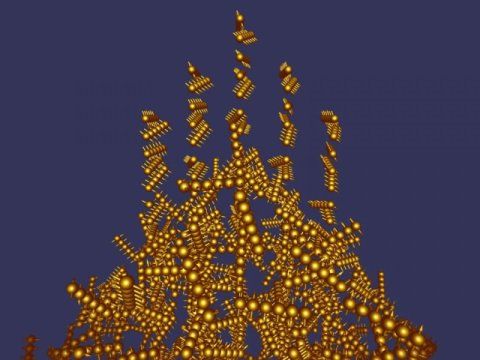Pichai’s challenge is to find a way of reconciling Google’s dovish roots with its future. Having spent more than a decade developing the industry’s most formidable arsenal of AI research and abilities, Google is keen to wed those advances to its fast-growing cloud-computing business. Rivals are rushing to cut deals with the government, which spends billions of dollars a year on all things cloud. No government entity spends more on such technology than the military. Medin and Alphabet director Schmidt, who both sit on the Pentagon’s Defense Innovation Board, have pushed Google to work with the government on counter-terrorism, cybersecurity, telecommunications and more.
To win in the business of cloud computing, the company tiptoes into the business of war. Some staff fear it’s a first step toward autonomous killing machines.








